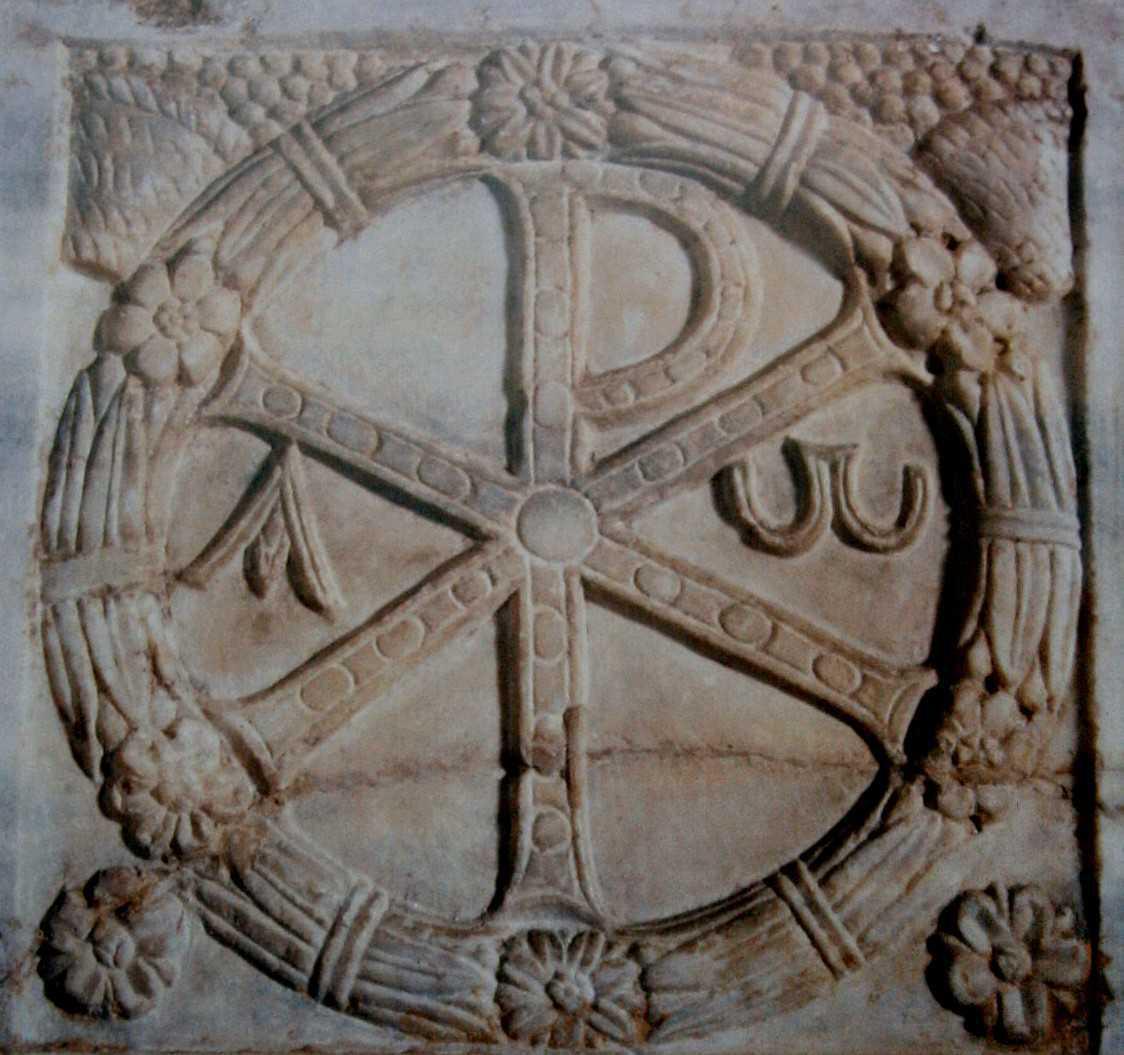The Christian "Trinacria"
The most recent historical studies in regards to hagiography, ecclesiastical history, funeral testimonies and Christian archaeology have confirmed the presence of small Christian communities in Sicily between the end of the II and the start of the III century.
After his crucifixion, Jesus’s new message of belief easily spread, thanks to trade, in many cities of Eastern Sicily such as Taormina, Catania and Syracuse. During this time many important events related to these cities occurred: the murder of Taormina’s bishop Pancrazio in 98 CE, Aghata of Catania’s martyrdom in 251 and Lucy of Syracuse’s one in 304.
In the following years, the process of Christianisation continued in urban and suburban areas, where it was proven the presence of other religions such as Paganism, Judaism, Arianism and a still strong attachment to greek-orthodox traditions and the Greek language.
To fully comprehend this, it’s essential to keep in mind that Sicily was already a multi-ethnic and multi-religious island: indeed, Christianism was introduced in the first centuries of the Middle Ages in Sicily from the East, the first Christian communities were created in the most Hellenized cities on the Island, the ones the eastern coast, and the first Christians spoke greek. Moreover, worship areas, usually associated with the cemeterial ones, were located in rural territories that were better defended and less accessible, instead, the pre-existing pagan ones in the cities were readjusted.
During the first Millenium of the Christian era, before the East-West Schism of 1054, shepherds and most Sicilians observed different liturgies because they relied on both Rome and Constantinople.
The process of Latinisation of the island started in 447 thanks to the letter “Ad universos episcopos per Siciliam constitutos”, with which Pope Leo I encouraged Sicilian bishops to use new rules for baptism. The same was done by Pope Gelasius I and, in the VI century, Pope Gregory the Great. The results were nevertheless disappointing because the Greek Clergy was pretty numerous and it influenced quite a lot native population’s choice of belief.
From the III to IX century, Greek was the designed language for liturgy and newcomers and the children of local nobility' education in monasteries. Greek was the language spoken during councils organized by the undivided Church and used to give orders to the tropes and Eastern Empire’s functionaries in Sicily.
The Sicilian Church had a strong hierarchic structure with at the summit the Archbishop of Syracuse and then the most important episcopal seats’ Bishops such as Leontinoi (Lentini), Catania, Taormina, Messina, Tyndarion, Palermo, Lilybaion (Marsala), Trokalis (Caltabellotta), Agrigentum, Lipari e Malta and, in VII century, Thermai (Termini Imerese) e Mylae (Milazzo).
After them, there were Eparchs (Bishops), Presbyteries, called "papas" and "protopapas" (archpriests) and deacons, in charge of divine services, sacraments’ administration and Holy Scriptures’ lectures.
The most important charges were assigned to Greek clerics four bishops of Rome were Greek: Agathon (678-681), Leo II (682-683), Conon (686-687) and Sergius I (687-701).
In 732, the doctrinal and political conflicts between Rome and the eastern Empire increased tremendously because Pope Gregory III didn’t want to approve iconoclastic Edicts, given off by the emperor Leo III who reacted by confiscating the Church’s goods in Calabria, Puglia, Basilicata and Sicilia and by submitting every diocese of Western Italy and Balkans to the authority of Constantinople’s patriarch. Furthermore, the ongoing iconoclastic persecutions obliged many people and saint monks to leave the eastern territories of the Empire and to search for a refuge in Western Italy and Sicily, where they could hide valuable icons and reliquaries, still worshipped today.

